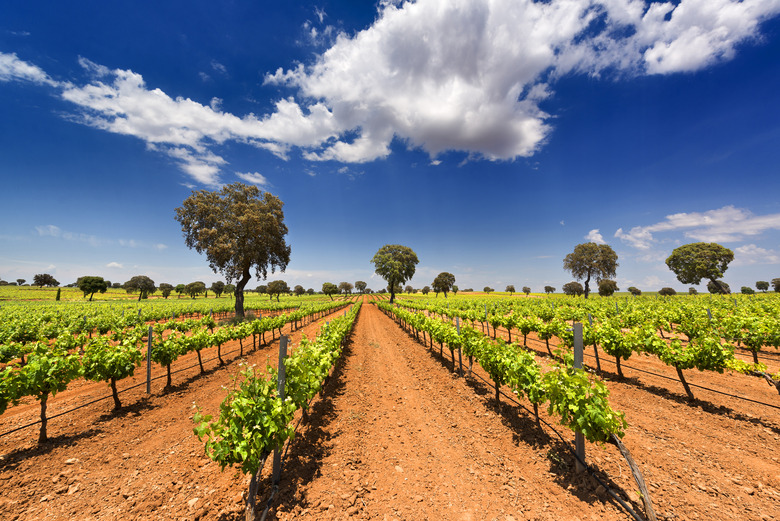Discover An Ancient But Little-Known Spanish Wine Region: Méntrida
When I ask students in my wine classes to name the wine regions of Spain, they're likely to know La Rioja, Rueda, and Ribera del Duero — and maybe, if some have been reading my class materials ahead of time, places like Castilla La Mancha, Priorat, and possibly Bierzo. There is a huge choice of great wines well worth knowing from many other parts of Spain, too, however.
The major wine region in Spain in terms of production is La Mancha, and probably we all have tried wines from there at least once. But there are nine Denominaciones de Origen (DOs) within the region. One of the most historical yet least known of these — and a perfect example of how, with some effort and careful selection of the best vineyards, winemakers can shine brightly in a region not traditionally known for its quality — is Méntrida. The earliest vineyards found here date from the twelfth century, and for hundreds of years the wines of Méntrida were sold mainly to thirsty Madrileños. Now they are reaching a wider market.
The Méntrida wine region lies northwest of El Greco's hometown of Toledo, near snowy Ávila and lively Madrid. The impressive Sierra de Gredos mountain range is responsible for the freshness in these wines — and for the picturesque landscapes often found on their labels — but this is a difficult area in which to cultivate grapes, with very little rainfall and temperatures reaching over 110 degrees Fahrenheit.
Méntrida is one of the best places in Spain for garnacha (grenache) — my favorite grape. The terroir of this region is perfect for it, and the best garnachas here are produced from very old vines, with very low yield. The grape accounts for 80 percent of Méntrida's total production, though other varieties of red grapes have been introduced in the region, including cabernet sauvignon, cabernet franc, merlot, syrah, and tempranillo (known as cencibel here). These grapes produce beautiful, barrel-aged reds, serious and elegant, but also stainless-steel-fermented youngsters, fresh, fruity, and lively. (Whites are not as important in the region, though some surprisingly good ones have been made from albillo, viura, sauvignon blanc, and chardonnay.)
Méntrida is special also because it was the site of the very first VP or Vino de Pago — a Spanish wine classification given to a single wine estate of the highest quality — Dominio de Valdepusa, created here by Carlos Falcó y Fernández de Córdova, better known as the Marqués de Griñón.
The wine industry in Méntrida is still quite small, and its bottles are difficult to find and priced higher than those from other producers in Castilla La Mancha, because they are made by quality-conscious producers striving to change the image of the region. The Méntrida producer whose wines are easiest to find in the U.S. is Jiménez-Landi, which makes high-quality garnacha and syrah. Other top wineries in the region include Bodegas Canopy, with a garnacha called Congo, a syrah called Malpaso, and a garnacha–syrah blend called Tres Patas; Finca La Verdosa, making wines from merlot, syrah, petit verdot, and cabernet sauvignon; Tolegarva, whose garnacha is particularly good; and Bodegas y Viñedos Tavera, with an elegant, beautifully crafted syrah.
These wines are perfect for a summer barbecue. Roasted red meat and Méntrida garnacha do very well together. Also try it with grilled tuna steak or with mature sheep's milk cheese — or even just roasted eggplant and peppers.
Or try this: Get some good country-style white bread, cover it lightly with extra virgin olive oil, add a thin slice of eggplant, cover it all with cheese, and toast it in the oven for 10 minutes or until the cheese has melted. Add great company, a red from Méntrida, and a long summer evening, and nothing else will matter.
